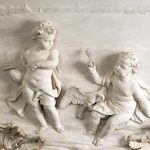
Some 30 summers ago we were staying at a famously beautiful villa outside Turin; our hostess was — indeed is — renowned for her superb taste and distilled perfection of every aspect of douceur de vivre. Each night we dined in a different sylvan setting — under inky trees, in flower-filled gardens and in 18th-century rococo salons, amid porcelain bouquets of those selfsame flowers.
Another room, with candles lighting the chinoiserie panelling, is forever incised in my mind, not only for the decor but for the last course. In what appeared to be a vast rock-crystal bowl (in fact simply ice) was a fruit salad made solely of white fruit — white strawberries and white raspberries from frames and canes; white peaches and nectarines from glasshouses; white cherries, grapes and pears from orchards; white apricots from Armenia. Pale as moonbeams, its contours gleaming, this creation was as refined as the frankly edible marvels of plasterwork illustrating this ravishing, erudite book.
Refined — but not in the genteel sense. To the ancients, white was the colour of heaven. So perhaps the fact that there is no true white — any more than there is true black — on Earth, made it nigh impossible, but highly desirable, to create it artificially. So doing had been the goal of western civilisations for centuries (the Chinese, conversely, associate white with death). It was, and still is, symbolic of immaculateness — that mystical yet ever-enduring ideal. The rarest things are white. Think of unicorns; or ivory; or white tigers and peacocks; white asparagus, and violets, stallions and ermine: the ceramics of Kaendler then, and de Waal now; Samite on virgins and spotless linen on Beau Brummel; smooth snow and hard drugs.
Alchemists, having failed to transform base metal into gold, stumbled on a recipe for whiteness, which eventually brought about the manufacture of white porcelain. The gradual evolution from such decorative mediums as mud and clay led to a concoction of marble dust and gypsum. This near-white, plaster-like substance could be sculpted into statuary, as can be seen in the ostrich-feather head-dressed saints adorning Giacomo Serpotta’s oratorios in Palermo, or in the following decades, applied to vast surfaces, such as the white triumphal staircase of Prince Eugene’s winter palace in Vienna, and Maria Theresa’s all-white state apartments at the Hradcany in Prague.
The protagonists of this elegant and fascinating book, however, worked with a far less sophisticated formula — a gloop made of sand, lime, glue, and indeed hair, which by some magic dried white. Armed with this strange recipe for stucco, as it came to be called, a group of young craftsmen from northern Italy pitched up in England and Ireland at the moment when rich milords and architects — Adam, Gibbs, Carr and others — back from their grand tours, were building paladian-inspired mansions. And these stuccadores ornamented the newly erected domes, ceilings, freizes and over-doors with the long-coveted pallidness. Figures and fables, flowers and fruits, leaves and ribbons, all exquisitely moulded. And white. No colour to add eye-catching dimension, no gilding, was needed for these immaculate heavens hovering high above. In interior decoration at least, and at last, a pure whiteness had been realised.
Christine Casey certainly knows her onions. The flawlessly researched, erudite and entertainingly written text — much of it surprisingly gossipy in the sense of details about the stuccadores families — is accompanied by marvellous illustrations of both vanished and existing examples of their, and others’, creations in this unsullied métier, all of them as visually delectable as that white fruit confection. My only quibble is with the book’s title. The whole subject seems to me beyond ‘magnificent’ — which implies some Versailles-like glitz. ‘Celestial’ might have been a more appropriate word.
Got something to add? Join the discussion and comment below.
Get 10 issues for just $10
Subscribe to The Spectator Australia today for the next 10 magazine issues, plus full online access, for just $10.
You might disagree with half of it, but you’ll enjoy reading all of it. Try your first month for free, then just $2 a week for the remainder of your first year.

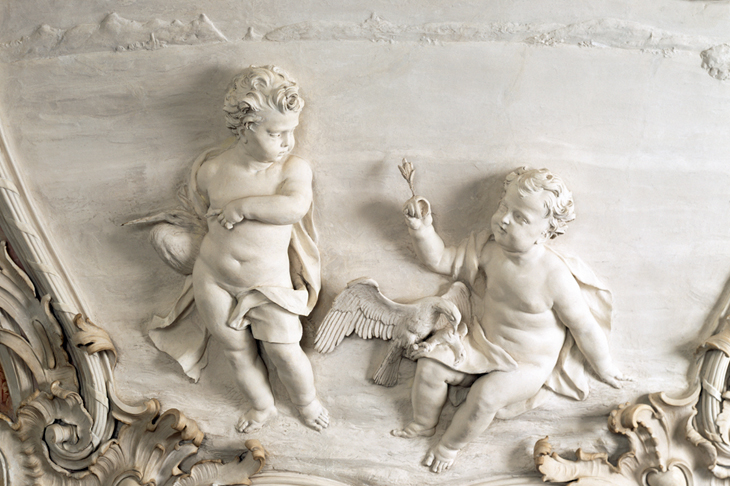
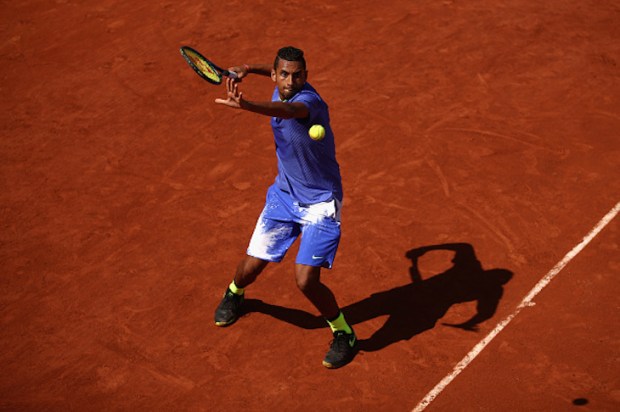

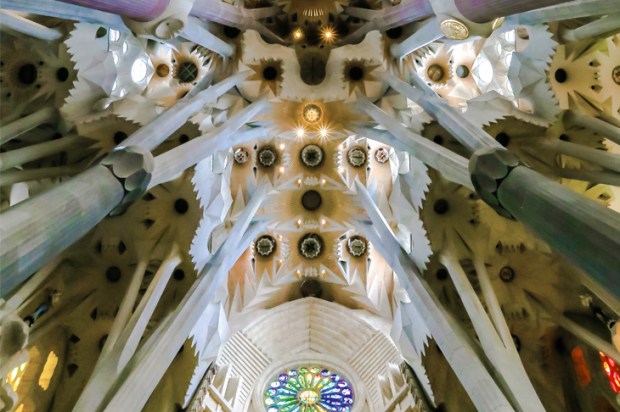


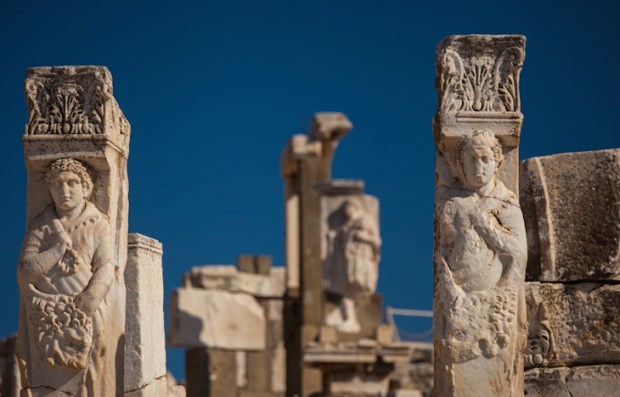






Comments
Don't miss out
Join the conversation with other Spectator Australia readers. Subscribe to leave a comment.
SUBSCRIBEAlready a subscriber? Log in